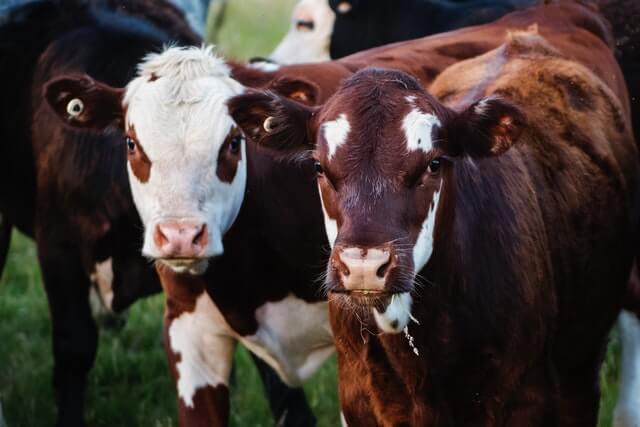Put simply, the two key functions of the rumen are to break down plant fibre and to produce microbial protein. These are not independent objectives: To produce more microbial protein, more microbes need to be produced, which in turn results in more fibre break down.
All protein is composed of amino acids, whether it is animal protein such as meat or milk, microbial protein or plant protein. A cow is an unusual creature in that it absorbs protein either from feed or from the microbes that grow and reproduce in the rumen. This microbial protein has several nutritional advantages over other feed proteins. The value of microbial protein becomes clear when its composition is studied closely.
The amino acid building blocks of microbial protein closely match the amino acids found in muscle and milk. This means that microbial protein is ideal for providing a cow’s amino acid needs. In fact, microbial protein has up to three times more of the essential amino acid lysine than traditional vegetable protein sources. It also has up to four times more of the essential amino acid methionine.
Furthermore, microbial protein is not degraded by the rumen, which is often not the case for protein in the diet. Producers and nutritionists often look for expensive “bypass protein” that is less susceptible to the effects of rumen degradation. However, microbial protein already does this and is produced naturally by the cow.
By increasing microbial protein production, there is less need for protein in the diet. This allows dairy farmers to reduce nitrogen loading on the environment and increase the efficiency of nitrogen metabolism in the rumen. Further efficiencies can be gained by controlling the release of non-protein nitrogen in the rumen. Certain technologies (e.g., Optisync™) can be incorporated into rations to lower cost, improve bacterial protein yields and microbial protein efficiency and improve the environmental footprint, helping to meet the challenges of protein nutrition in modern dairy cows.
In summary, the best source of protein for ruminants is internally-produced microbial protein. Adopting technologies that aid in producing microbial protein not only benefit the efficiency of the animal but also its impact on the environment.
For more information on microbial protein or how Optisync can be incorporated into your herd’s diet, contact your local Alltech Lienert representative or call 1800 649 231.

